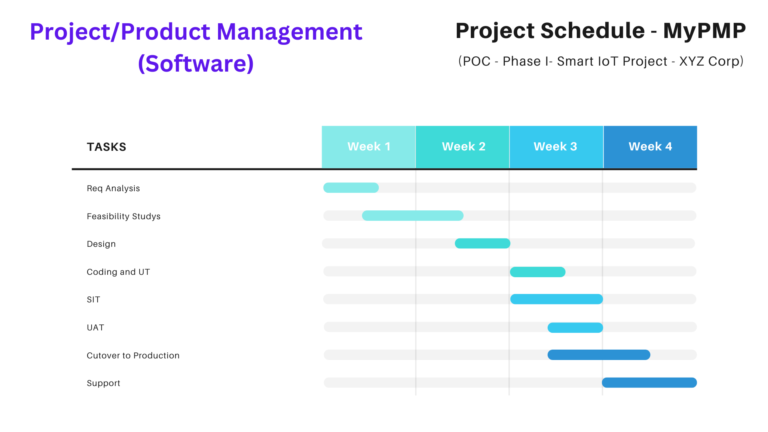Risk Breakdown Structure
A Risk Breakdown Structure (RBS) is a tool used in project management to find and classify possible risks related to a project. It’s like a Work Breakdown Structure (WBS), which divides project work into smaller, easier-to-handle parts.
Usually, the following parts make up the Risk Breakdown Structure:
Risk Categories: A list of broad types of risks. These groups can be based on the type of risk, such as technical, schedule, or cost risk, or on where the risk comes from, such as internal or foreign risks.
Risk Sub-Categories: A list of each risk category’s sub-categories. For example, the technical risk group might have subcategories for design risks, development risks, and testing risks.
Risks: A list of risks that are specific to each subcategory. Each risk is explained in detail, including how likely it is, what it means, and what could happen as a result.
The Risk Breakdown Structure makes it easier for project managers to find possible risks and figure out how they might affect the project. It also helps to put risks into groups and subcategories, which makes it easier to handle them and decide which ones are most important.
Throughout the project’s lifetime, the Risk Breakdown Structure should be looked at and changed often. It should be used to find and reduce risks and come up with plans for how to deal with them. The Risk Breakdown Structure can also be used to tell people about risks and help them make decisions.
The Risk Breakdown Structure helps project managers find and deal with risks in an organised and methodical way. By using a Risk Breakdown Structure, project managers can make sure that possible risks are found and dealt with before they turn into big problems.








